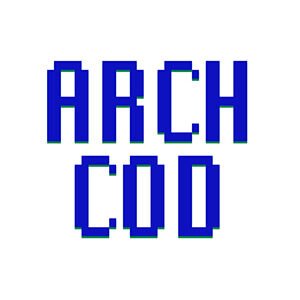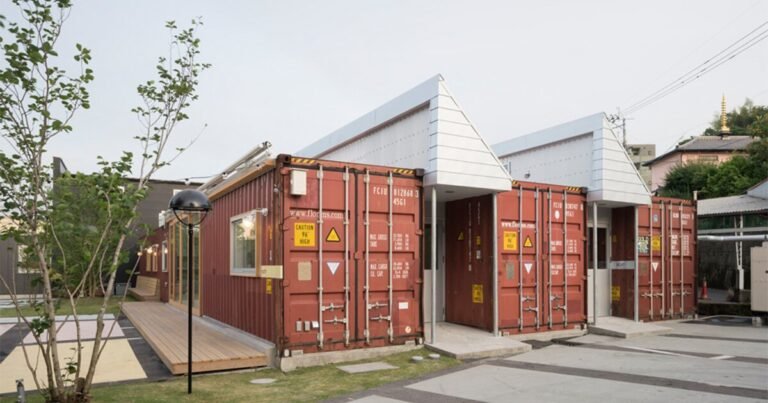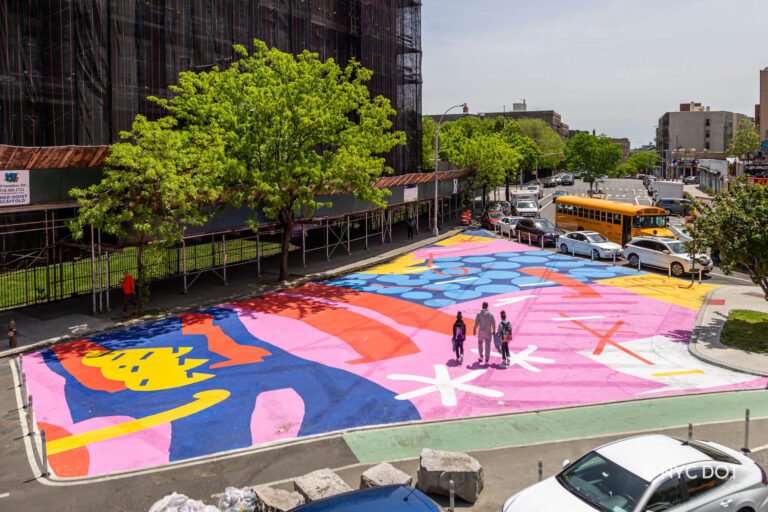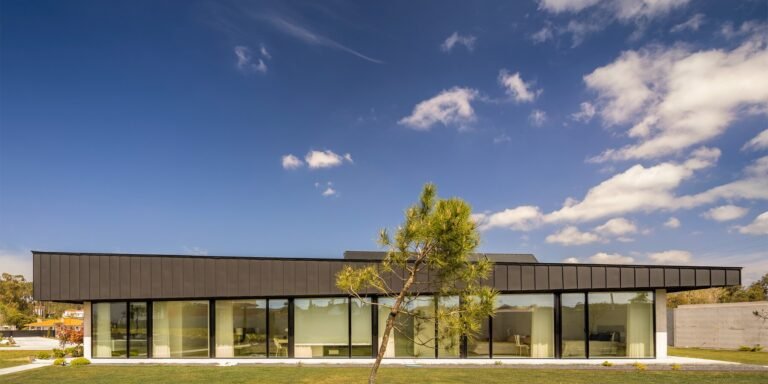Bakish House / AK. Architecture Studio
Bakish House / AK. Architecture Studio


Text description provided by the architects. Sitting on a plateau at the base of Mount Lebanon, the AN Guesthouse embraces its landscape by inviting nature into the house. The U-shaped layout is centered on a lush garden, facing the valley and the beautiful views of the mountains. The functionality of traditional Lebanese houses and Japanese courtyards are the core of the house’s spirit. Its courtyard typology creates an interface between the six bedrooms and living quarters. The courtyard is also the “green heart”, shared and accessible by all the rooms around it, rendering it the key element of the project.



The idea behind the ‘Green Heart’ is to create a communal space at the center of the project where guests can meet, gather and socialize. In addition, the guests are offered their own deck on the outer façade, allowing them to enjoy the landscape in a private environment. The space shift featured on the layout plan is also repeated in the section, with different levels for each room and between the modules. The fragmented architecture into small, prefabricated modules reduces the scale of the guesthouse and offers a warm and human-scaled experience. The wooden modules sit on a podium made of stone, creating a contrast between the solid base and the light prefabricated elements on top.


The house embraces the nature around it but also aims to reduce its environmental impact using natural ventilation, lightweight materials, and construction waste reduction, without altering or damaging the land it sits on. The U-shaped plan allows for cross ventilation in all spaces, in both bedrooms and bathrooms- a natural solution for cooling and ventilating.




The architecture also respects the natural topography: the building shape reflects the slope of the original plot, and no excavations or changes to the existing topography were done. The materials used are lightweight- charred pine woods and steel. The other materials include limestone, which is sourced locally, with a bare minimum use of concrete for the foundations. Since the modules are prefabricated, the waste on site was considerably reduced. Also, all leftover materials were re-used to create interior furniture, accessories, and electrical fittings. The steel scraps were repurposed into lighting devices, and the wood was repurposed into shelves, tables, and benches.




The charred wood cladding used (Shou Sugi Ban), is the fruit of the old Japanese technique consisting of burning the wood to prolong its lifespan and reduce its maintenance. In addition, the brown vertical louvers are used as a first ‘skin’, allowing for structural support for the canopies. They also enhance the greenery, by helping climbing plants to reach and magnify the roof covered by crushed pinecones. This first roof layer sourced locally and affordable, is also an environmental asset as it blocks the sun rays and filters the water. The completion of this house was a great challenge as it was built during the collapse of the Lebanese state It is the fruit of a great collaboration between the client and the contractor ‘’Kiubz’’ that has succeeded to adapt to the country’s economic situation.








